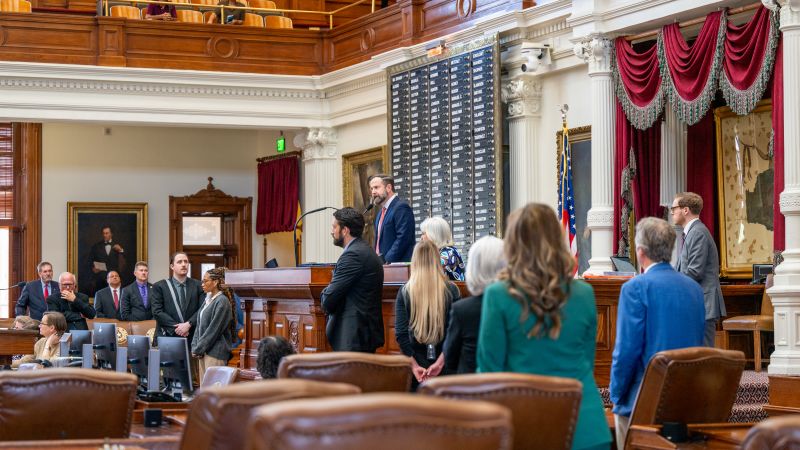In recent political developments within Texas, members of the Texas House of Representatives find themselves embroiled in a protracted standoff as they attempt to achieve quorum amidst an intense gerrymandering struggle. The situation escalated significantly when Texas Democrats chose to leave the state, effectively blocking Republican-led efforts for redistricting. This conflict has persisted for over a week, and lawmakers face pressure to return, particularly as the dynamics shift closer to a new legislative session.
During the previous week, the Texas House failed to meet the necessary quorum on every occasion it convened. This failure is part of a broader escalation in a gerrymandering battle that was notably ignited by former President Donald Trump’s calls for Texas Republicans to engage in redistricting. The ramifications of this endeavor could significantly benefit the GOP, potentially adding as many as five additional seats in the US House, which, in turn, could serve as a buffer against possible electoral losses in the upcoming 2026 midterm elections. The political stakes are increasingly high, with both parties maneuvering to secure a favorable position.
As the special session continues with dwindling days, House Democrats face a critical decision regarding the duration of their absence from Texas. The ambiguity surrounding an ending strategy complicates their position; it raises the question of whether the Republicans can successfully enact new maps in time before the session concludes. Texas Governor Greg Abbott may be compelled to extend the session further if they fail to reach an agreement. This adds to the urgency of the situation as both parties scramble to solidify their strategies in an already charged political atmosphere.
Republican lawmakers are undeterred by the absence of Democratic representatives and have been exploring various avenues to push their agenda. Governor Abbott has notably requested the Texas Supreme Court to declare a vacancy for House Democratic Caucus Chairman Gene Wu’s seat following his departure to Chicago alongside other Democrats. Complicating matters further, U.S. Senator John Cornyn has reached out to FBI Director Kash Patel for assistance in locating the absent lawmakers, suggesting that this standoff has escalated to unprecedented levels of political contention.
In addition to the logistical struggles they face, the absent Texas Democrats are also under financial pressure to return. Each day they remain outside of Texas incurs a fine of $500, which is particularly burdensome for them as they are prohibited from utilizing campaign or official funds to mitigate these penalties. The situation intensified when a Texas judge recently halted former gubernatorial candidate Beto O’Rourke’s political group from raising funds intended to assist in covering travel expenses for the fleeing lawmakers. This financial strain adds another layer of complexity to their ongoing deliberations.
In a coordinated response to the Republican’s redistricting strategy, leaders in blue states are stepping up efforts to carve out Democratic-friendly congressional seats. Governor Gavin Newsom of California has committed to a referendum scheduled for November, which aims to introduce new Congressional maps that may yield up to five additional Democratic-held seats. According to State Assembly Speaker Robert Rivas, proposed maps are expected to be released soon, indicating a strategic response to the GOP’s actions in Texas and a wider trend of redistricting battles across the country.
In conclusion, the events currently unfolding in Texas provide a clear illustration of the intense and often combative nature of modern political maneuvering, particularly in light of redistricting and gerrymandering. As both parties navigate through this intricate landscape of tactical positioning, the future remains uncertain, but the implications of their actions will undoubtedly resonate in the political arena for some time.











